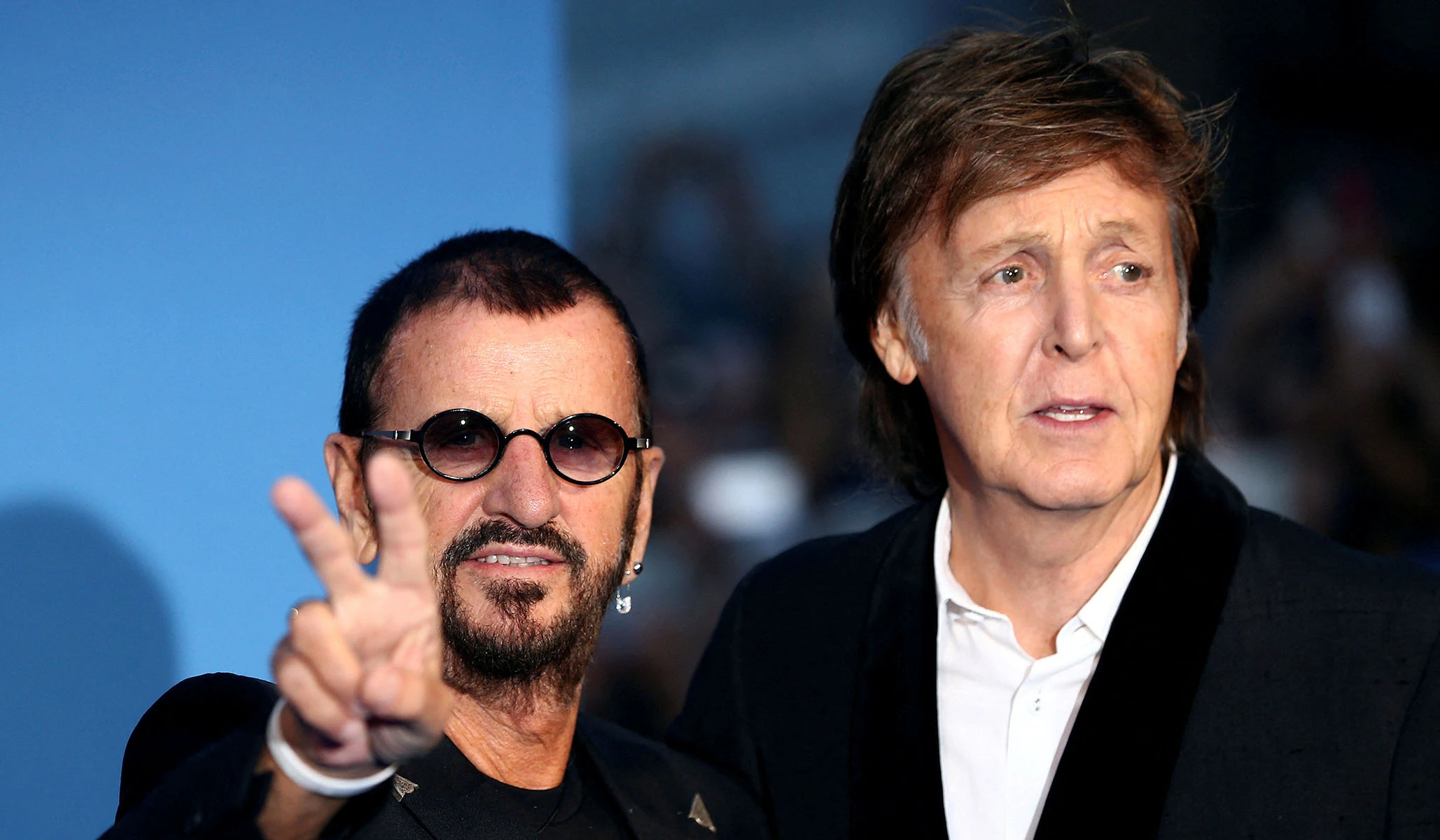A friend recently texted me about the new Beatles record. Despite my unparalleled enthusiasm for the group, I felt obliged to express my hatred for it. According to the Wall Street Journal, the “new” song features AI-assisted vocals from the late John Lennon. To achieve this, film director Peter Jackson and his team digitized a demo tape recorded by Lennon in 1978, and then used artificial intelligence to extract and improve upon the parts that the producers wanted to keep. Paul McCartney and Ringo Starr then added instruments and vocal harmonies that the original sketch lacked. Conceptually, the process was similar to what McCartney, Starr, and George Harrison did back in 1995 when they converted two forgotten Lennon demos into two fleshed-out songs (“Real Love” and “Free as a Bird”) and released them under the band’s name as part of the Anthology project.
Paul McCartney has described the project as “the last Beatles record,” but it cannot be. The Beatles existed as a recording group between 1962 and 1970, after which they broke up and stayed broken up. As of today, only two of the Beatles are still alive. In my view, this behavior violates the core of what the Beatles were. The Beatles’ records were not arranged, recorded, and mixed by one member of the band; they were arranged, recorded, and mixed by the whole band.
Worse yet, it robs John Lennon of the agency that he so cherished. Throughout his life, Lennon exhibited strong opinions on structure, production, instrumentation, harmony, and the sound of his own voice. Of all the people in the world, Paul McCartney probably has the best idea of how John would think. And yet, McCartney’s tastes were often radically different from John’s. That the two men managed to make it work for eight years does not give McCartney an open warrant to harvest “John’s voice from a ropy little bit of cassette,” to carve the extracted raw materials into his own image, to simulate with computers what was not there, and then to “print” the results under someone else’s byline.
Describing his use of artificial intelligence, McCartney boasts that he was “able to take John’s voice and make it pure through AI.” As an application of artificial intelligence, making a badly recorded vocal performance “pure” is benign. But AI does not — and it will not — end there. AI can be used as a simulation tool, which an operator can use to sample a given voice or physical appearance and then create something entirely novel from the results. If we are not there already, we are getting close to the point at which a director could make a movie with a deceased actor in the lead role and at which a record producer could generate a full album’s worth of material “by” an artist who is now unable to record a note. When this happens for the first time, we will be told by many that because the source material was genuine, the synthesized output must be, too. Those people will be wrong. They will be confusing a facsimile for authenticity. There are such things as Lennon-McCartney songs and Beatles records, and what will soon be released purporting to be both will, in fact, be little more than a last-gasp nostalgia-driven forgery.

